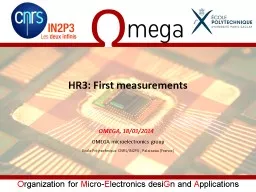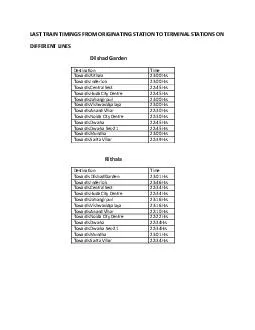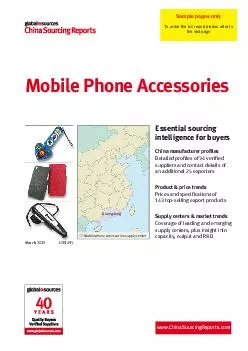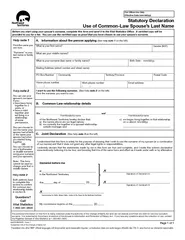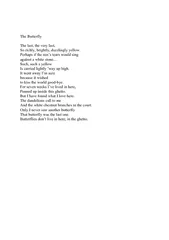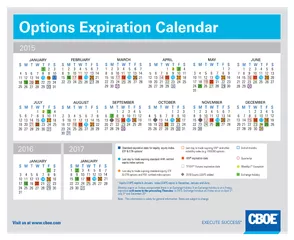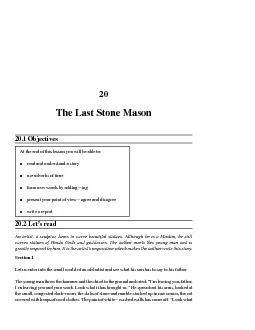PPT-Last results on HARDROC 3
Author : lindy-dunigan | Published Date : 2018-02-17
OMEGA microelectronics group Ecole Polytechnique CNRSIN2P3 Palaiseau France OMEGA 19032014 3 rd generation chip for ILD Independent channels zero suppress I2C
Presentation Embed Code
Download Presentation
Download Presentation The PPT/PDF document "Last results on HARDROC 3" is the property of its rightful owner. Permission is granted to download and print the materials on this website for personal, non-commercial use only, and to display it on your personal computer provided you do not modify the materials and that you retain all copyright notices contained in the materials. By downloading content from our website, you accept the terms of this agreement.
Last results on HARDROC 3: Transcript
Download Rules Of Document
"Last results on HARDROC 3"The content belongs to its owner. You may download and print it for personal use, without modification, and keep all copyright notices. By downloading, you agree to these terms.
Related Documents

